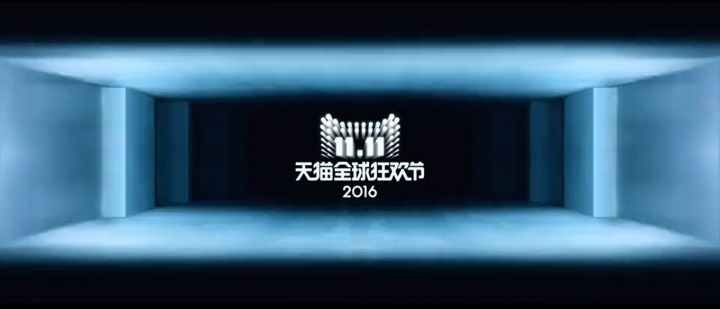

Another “Singles Day” is here. The creator of this shopping fest, Tmall, has begun a variety of exciting promotions since the beginning of October. Among these, one of the most eye-catching is the key promotional video, entitled “All of Your Love is Here”. This one-minute collage showcased 20 brands with their best brand tagline and commercial clips, igniting the anticipation and desires of all the “Singles Day” consumers.
This is a video that puts brand taglines under the spotlight. There have been a few notable taglines for everyone, such as “Because you’re worth it” by “L’Oreal”, “Just do it” by Nike and “Keep walking” by Johnnie Walker. Why does a good tagline have the power to touch your heart? How does a good tagline convey a brand’s core value in such a simple yet strong way? When the brand core aligns precisely with the consumers’ physical and emotional needs, the brand tagline illuminates this mutual essence to create a strong emotional bond with the consumers.
Based on the messages expressed, taglines can be classified into two types: 1) brand-driven, which focus on brand and product features; and 2) consumer-driven, which focus on establishing emotional connection with consumers. A famous brand-driven tagline example is “Finger lickin’ good” (KFC). Although a very short and colloquial sentence, it conveys the tastiness of its food vividly. KFC didn’t choose “delicious”, “yummy”, but rather an action word “finger lickin’” to describe the taste. This adds a lot of hidden emotions: naughty, innocent, indulgent, and more. How can you resist a “finger lickin’ good” taste?
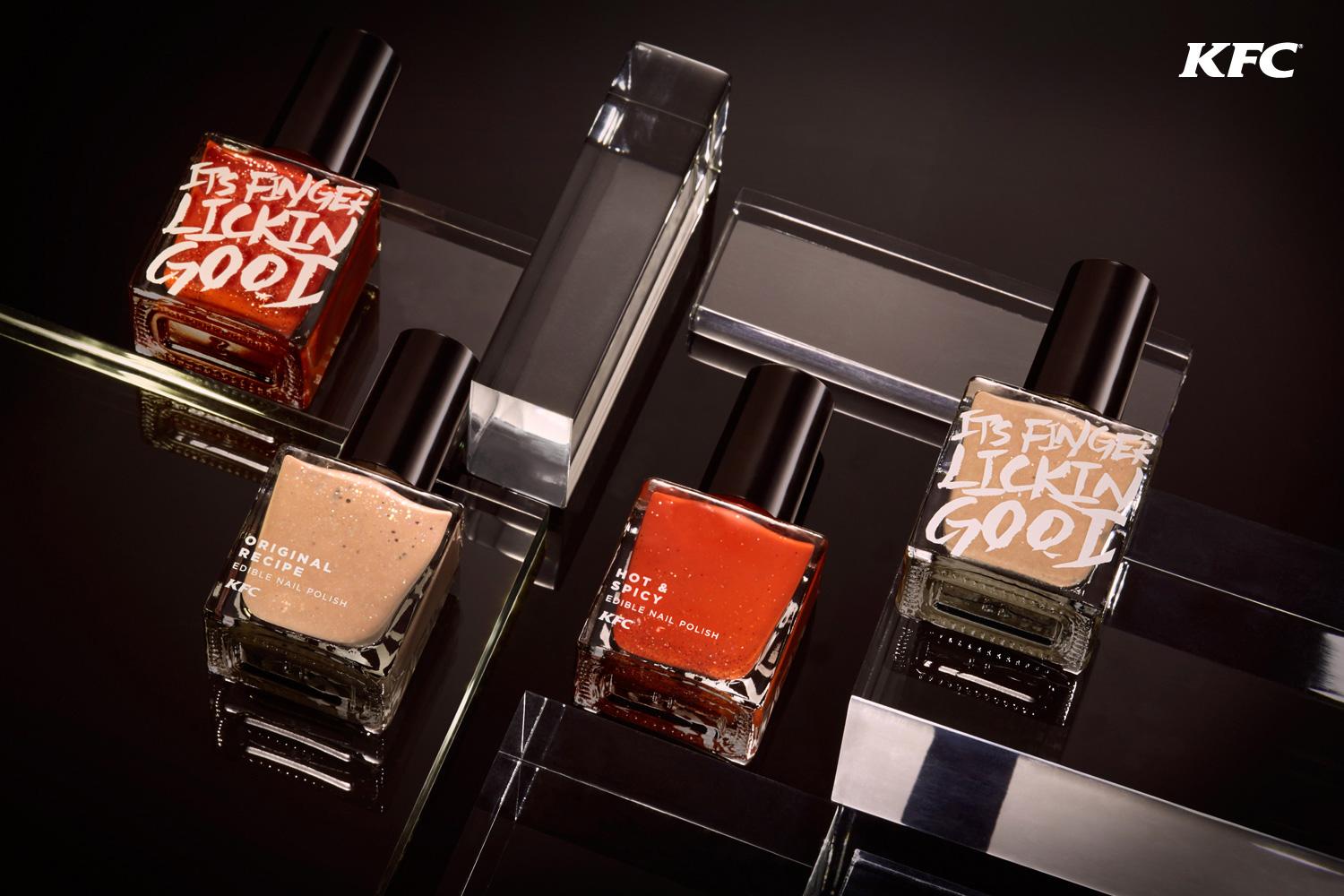
KFC launched edible nail polishes in 2016
Another good example of brand-driven tagline is “The world’s local bank” (HSBC). HSBC smartly puts two contradictory words “world” (global) and “local” together which makes the tagline very memorable. It also highly synthesizes the business feature: possessing a global network but also well-adapted to local markets. Brand-driven taglines effectively communicate the brand or product features in a way that is impactful and succinct.
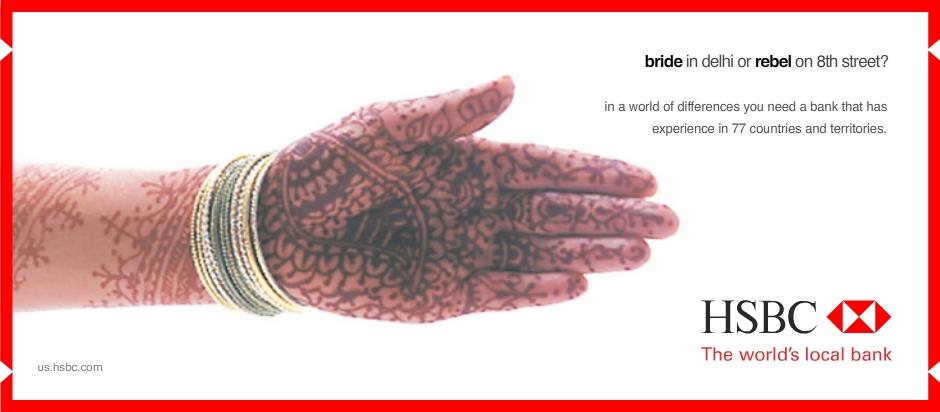
Consumer-driven taglines, on the other hand, focus on building an emotional rapport with consumers. They usually carry more sophisticated connotations and can be interpreted in many ways. For example, L’Oreal’s “Because you’re worth it” has layered connotations: it conveys recognition, understanding, rewarding and more. There is also a sense of braveness and confidence inside.
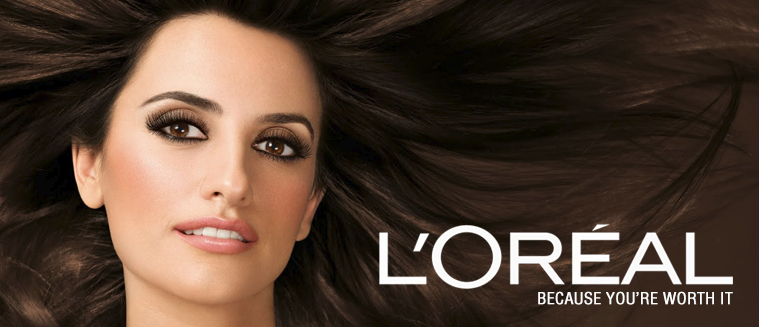
Nike’s “Just do it” is a simple phrase, yet it is one of the world’s most well-known taglines. This tagline conveys a firm and confident attitude, as well as the decisiveness of acting upon a wish without hesitation. This attitude also corresponds well to the brand’s “victory” spirit which is reflected by the name Nike (Greek Goddess of victory). “Just do it” paints a strong brand image that is energetic and, confident, with firm beliefs and clear goals.
Barbie’s new tagline “You can be anything”, however, is a bit different. Barbie’s Blondie image is deeply rooted in people’s mind. The previous tagline “I can be… Barbie” has been used for years and fits this image perfectly. Today, the brand realizes the importance of embracing diversity and different cultures, and is starting to develop Barbie dolls with different looks and professions. That’s where the new tagline “You can be anything” comes from. However, the Blondie image is the brand core which won’t be changed simply by a few new product lines. From “be Barbie” to “be anything”, the gap is so big that the new tagline feels out of place.
Besides conveying a brand’s value, a good tagline can make an impression in people’s hearts because of its masterful draw from the language and cultural context. “Sense and Simplicity” (Philips) was widely acclaimed. The resemblance with Sense and Sensibility (a well-known novel) makes it an impressive tagline. The literary link adds credibility and taste in its design and products. Peugeot’s slogan “Motion & Emotion” uses syllable repetition to create a smooth-to-read sentence. The two words are great selections to represent the functional car feature and the emotional benefit of the brand.
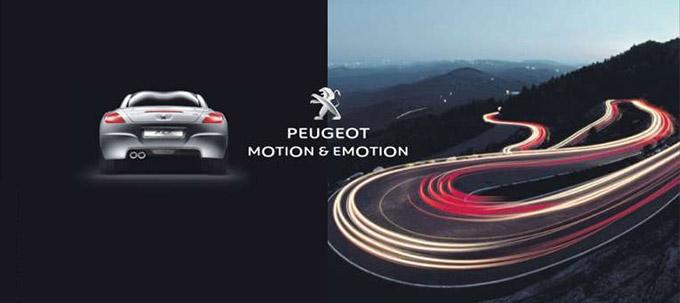
International brands in the Chinese market also face the challenge of adapting the tagline into the Chinese language. A good adaptation is never literal translation of the original sentence. Philips set a good example. The Chinese version of “Sense and Simplicity” is “精于心 简于形” which reads [jīng yú xīn jiǎn yú xíng] and means “Refined at core; Simple in appearance”. Once it was launched, it became regarded as textbook-level strong tagline. It incorporates proficiently the principles of Chinese ancient poetry: symmetrical structure, multi-layer meaning in its characters, good use of rhythm and rhyme. It not only clearly conveys the brand’s core values, but also stands as a beautiful piece of literature.
If we look back at the promotional video of Tmall’s “Singles Day” shopping festival, it is easy to notice that among the 20 brands, only 5 use a Chinese tagline. The other 15 brands still use their English taglines. It is undeniable that Chinese consumers are increasingly “globalized” and have higher English proficiency. But in the China market, the linguistic and cultural context that a Chinese tagline carries is unparalleled compared to the English version. The impact of Philips’ Chinese taglines is a good indication. A powerful tagline needs to be coherent with the brand positioning, as well as the functional and emotional benefits. Moreover, it needs to be linguistically relevant and culturally impactful to the local market.
Since Tmall’s first “Singles Day” festival in 2009, it has become an icon representing Chinese consumption culture. In 2016, Tmall no longer focuses only on breaking sales records, but rather on realizing branding actions. Other than the video composed of brand taglines, there were themed galas, the launch of Alitrip’s new brand “Fliggy”, as well as billboard campaigns co-created with brands participating in the event. From these, we witness the rising commitment of brand building in the Chinese market.
A Labbrand Group Company © 2005-2024 Labbrand All rights reserved
沪ICP备17001253号-3* Will be used in accordance with our Privacy Policy
To improve your experience, we use cookies to provide social media features, offer you content that targets your particular interests, and analyse the performance of our advertising campaigns. By clicking on “Accept” you consent to all cookies. You also have the option to click “Reject” to limit the use of certain types of cookies. Please be aware that rejecting cookies may affect your website browsing experience and limit the use of some personalised features.